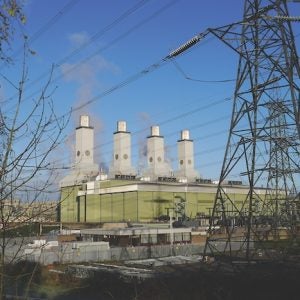
A total of 690 lithium-ion battery blocks will be installed, involving an investment of about 140 million euros.
The new storage system is scheduled to supply balancing energy to stabilise the grid from the second half of 2024. This will entail the plant taking excess power from the grid and feeding it back into the system when required, in order to maintain the required grid frequency. The battery storage facility will also be deployed on the wholesale market, with electricity fed into the storage system if electricity prices are low, and sent out when prices are high.
The facility will also be ”virtually networked” with RWE power stations in Germany, which will “make it possible to control whether the storage units work alone or in conjunction with other power stations to supply balancing energy” thus optimising “the use of RWE’s German power station portfolio across a range of technologies.”
Building on its many years of experience with implementing and operating energy storage systems, RWE says it is ”taking care of the detailed planning, modelling, system integration and commissioning of the project directly and entirely on its own.”
RWE currently operates a total installed battery storage capacity of around 300 MW (380 MWh) and is implementing battery storage projects of more than 900 MW (2300 MWh) worldwide. Globally, RWE aims to have 3 GW of battery capacity in operation by 2030.
At the beginning of 2023, RWE commissioned its Lingen and Werne battery, total capacity 117 MW, which it plans to virtually connect to its run- of-river hydro plants on the Moselle River.
In March, RWE acquired UK-based JBM Solar, with an advanced development pipeline of 2.3 GW of battery storage projects.
Following commissioning of the Indeland solar farm with its 4.8 MW battery storage facility, RWE is currently constructing further similar storage projects at the Garzweiler open-cast mine.
In addition, RWE recently won an Australian tender for 50 MW/400 MWh of long term storage.






